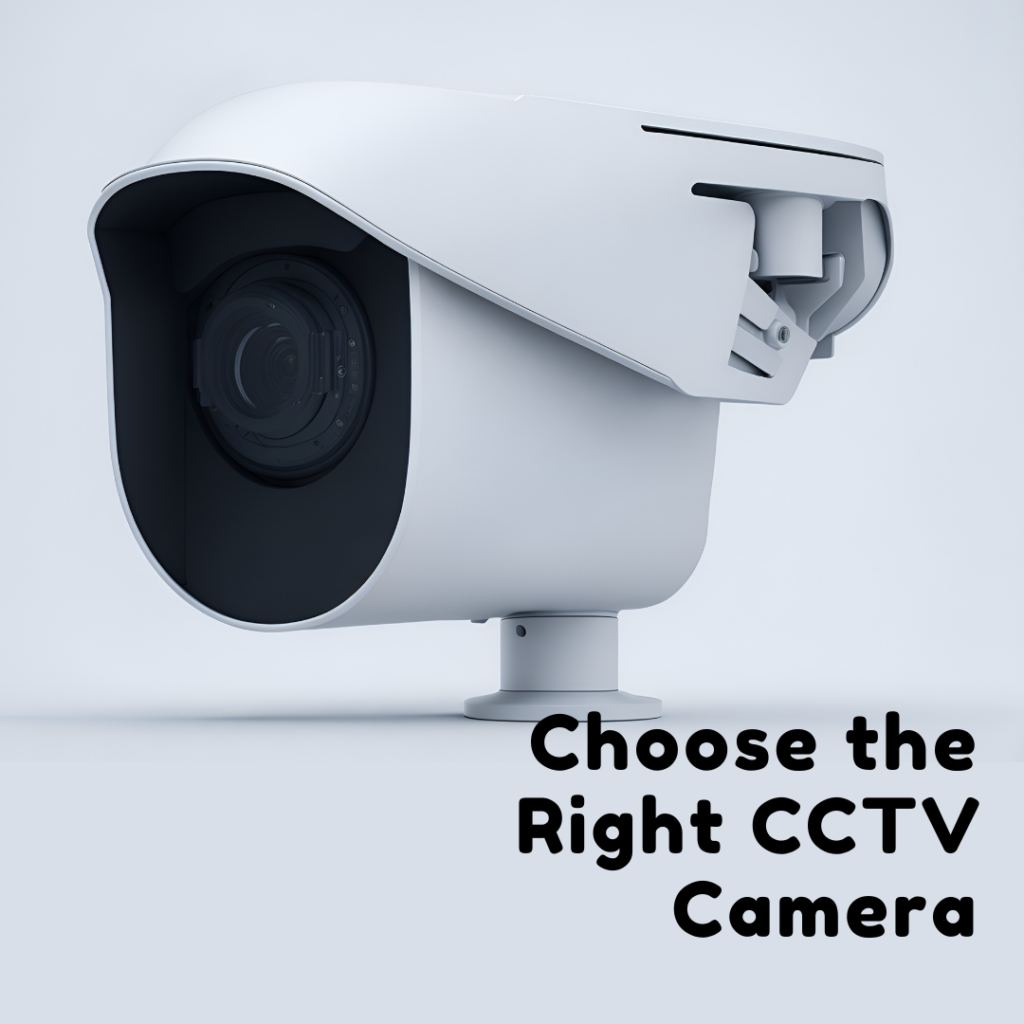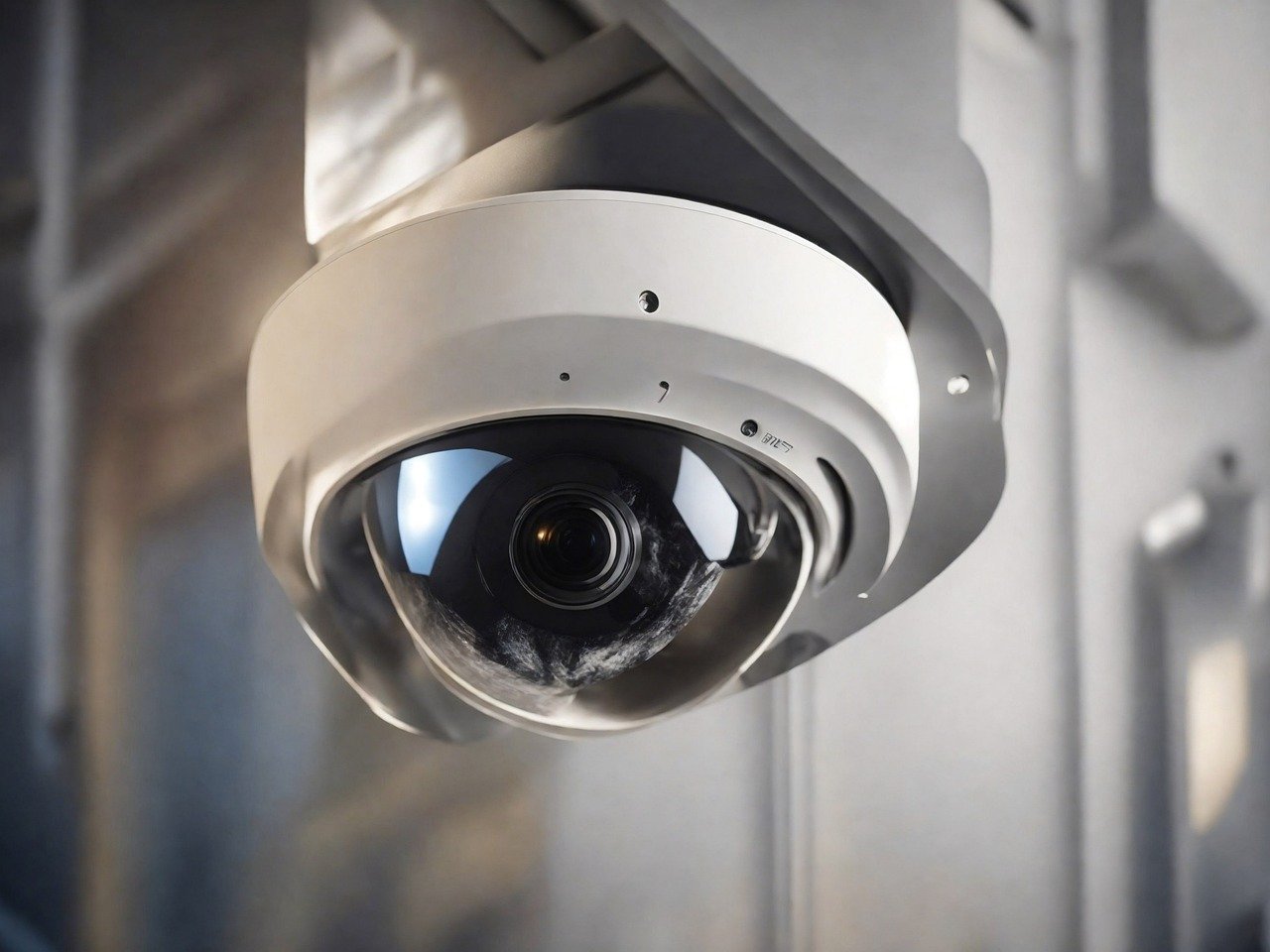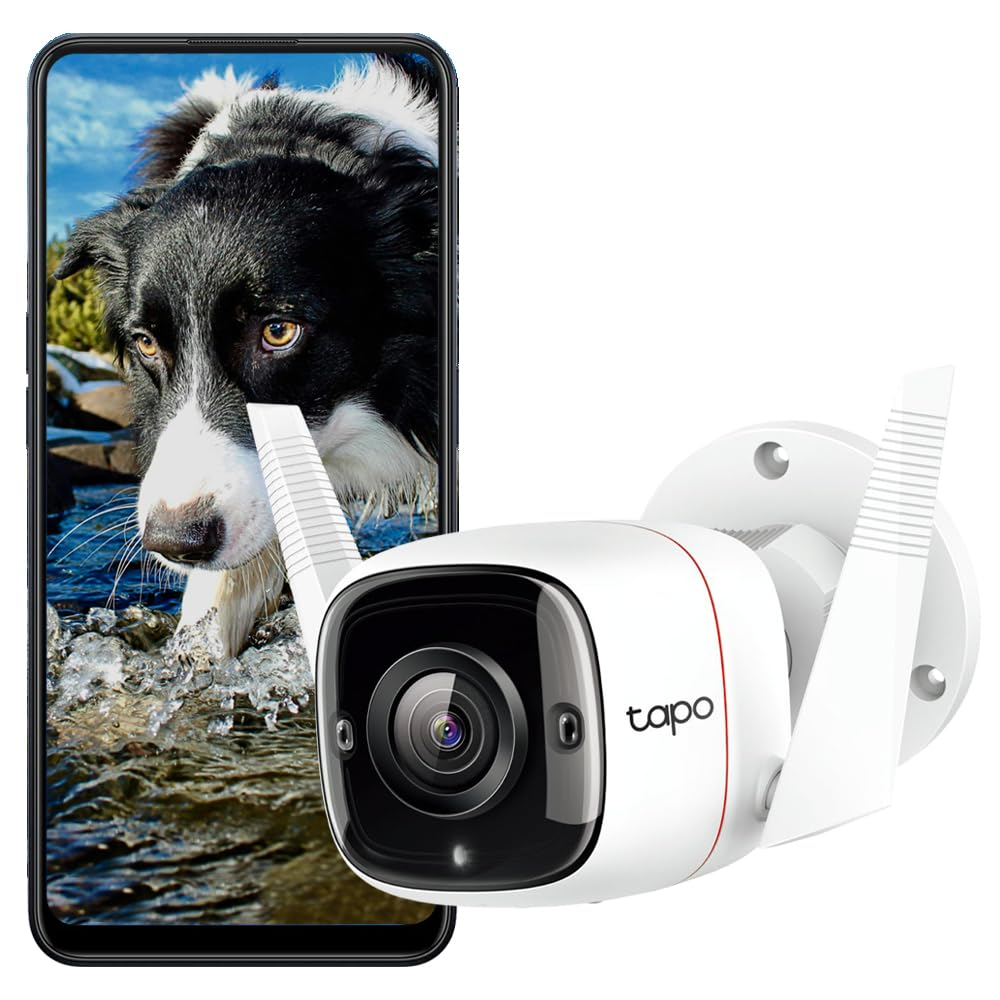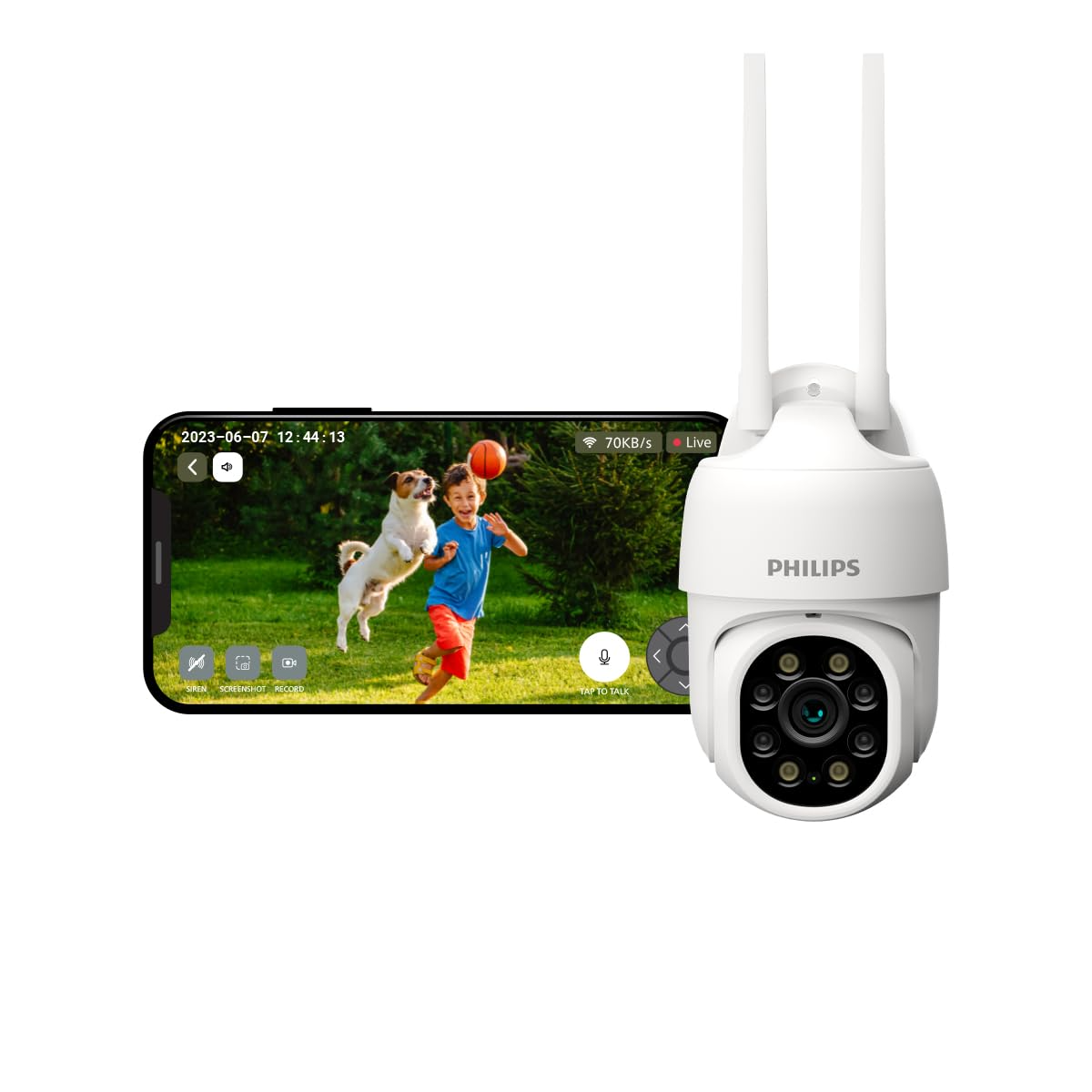
Introduction
In today’s world, security is a top priority for both homes and businesses. One of the most effective ways to enhance security is by installing CCTV cameras. However, with so many options available, choosing the right CCTV camera can be overwhelming. This guide will help you navigate through the key factors to consider when selecting a CCTV camera, ensuring you make an informed decision.
1. Determine Your Surveillance Needs
Before diving into the technical specifications, it’s essential to understand your surveillance needs. Ask yourself the following questions:
- What areas do you need to monitor? Identify the specific locations where you need surveillance, such as entry points, parking lots, or interior spaces.
- What is the purpose of the surveillance? Are you looking to deter crime, monitor employee activity, or keep an eye on your property while you’re away?
- What is your budget? Determine how much you’re willing to spend on your CCTV system, including installation and maintenance costs.
2. Types of CCTV Cameras
There are several types of CCTV cameras, each with its own set of features and benefits. Here are the most common types:
- Dome Cameras: These cameras are housed in a dome-shaped casing, making them discreet and less obtrusive. They are ideal for indoor use and offer a wide field of view.
- Bullet Cameras: Known for their long, cylindrical shape, bullet cameras are suitable for outdoor use. They are weather-resistant and can cover long distances.
- PTZ Cameras: Pan-Tilt-Zoom (PTZ) cameras offer flexibility with their ability to pan, tilt, and zoom. They are perfect for monitoring large areas and can be controlled remotely.
- IP Cameras: Internet Protocol (IP) cameras transmit video over the internet, allowing for remote viewing. They offer high-resolution images and are easy to install.
- Wireless Cameras: These cameras connect to your network wirelessly, making installation simple. They are ideal for areas where running cables is difficult.
- What areas do you need to monitor? Identify the specific locations where you need surveillance, such as entry points, parking lots, or interior spaces.
- What is the purpose of the surveillance? Are you looking to deter crime, monitor employee activity, or keep an eye on your property while you’re away?
- What is your budget? Determine how much you’re willing to spend on your CCTV system, including installation and maintenance costs.
3. Resolution and Image Quality
The resolution of a CCTV camera determines the clarity of the images it captures. Higher resolution cameras provide clearer and more detailed images. Common resolutions include:
- 720p (HD): Suitable for basic surveillance needs.
- 1080p (Full HD): Offers better image quality and is ideal for most applications.
- 4K (Ultra HD): Provides the highest level of detail and is perfect for critical surveillance areas.
4. Field of View
he field of view (FOV) refers to the area a camera can cover. A wider FOV means the camera can monitor a larger area. Consider the following:
- Fixed Lens: Offers a set FOV and is suitable for monitoring specific areas.
- Varifocal Lens: Allows you to adjust the FOV, providing flexibility in surveillance.
5. Night Vision and Low Light Performance
For 24/7 surveillance, it’s crucial to choose a camera with good night vision capabilities. Look for cameras with infrared (IR) LEDs, which enable them to capture clear images in low light conditions. Some cameras also come with advanced low-light technology, such as Starlight sensors, which provide color images in near darkness.
6. Storage Options
Consider how you will store the footage captured by your CCTV cameras. Common storage options include:
- DVR (Digital Video Recorder): Stores footage on a hard drive and is suitable for analog cameras.
- NVR (Network Video Recorder): Used with IP cameras, it stores footage on a hard drive and offers remote access.
- Cloud Storage: Stores footage online, providing easy access and off-site backup.
7. Connectivity and Integration
Ensure that the CCTV camera system you choose is compatible with your existing security infrastructure. Look for cameras that can integrate with other security devices, such as alarms and access control systems. Additionally, consider cameras with mobile app support, allowing you to monitor your property from anywhere.
8. Durability and Weather Resistance
If you need outdoor surveillance, choose cameras that are weather-resistant and can withstand harsh conditions. Look for cameras with an IP (Ingress Protection) rating, which indicates their resistance to dust and water. For example, an IP66 rating means the camera is dust-tight and can withstand powerful water jets.
9. Additional Features
Depending on your specific needs, you may want to consider additional features such as:
- Motion Detection: Triggers recording and alerts when motion is detected.
- Audio Recording: Captures sound along with video, providing more context to the footage.
- Two-Way Audio: Allows you to communicate with people on the other end of the camera.
- Remote Access: Enables you to view live footage and recordings from your smartphone or computer.
Conclusion
Choosing the right CCTV camera involves considering various factors, including your surveillance needs, camera type, resolution, field of view, night vision, storage options, connectivity, durability, and additional features. By taking the time to evaluate these aspects, you can select a CCTV camera system that provides the security and peace of mind you need.
Investing in a quality CCTV camera system is a crucial step in protecting your property and ensuring the safety of your loved ones or employees. With the right system in place, you can monitor your surroundings effectively and respond promptly to any security threats.
2. Types of CCTV Cameras
Dome Cameras: These cameras are housed in a dome-shaped casing, making them discreet and less obtrusive. They are ideal for indoor use and offer a wide field of view.

- Bullet Cameras: Known for their long, cylindrical shape, bullet cameras are suitable for outdoor use. They are weather-resistant and can cover long distances.

- PTZ Cameras: Pan-Tilt-Zoom (PTZ) cameras offer flexibility with their ability to pan, tilt, and zoom. They are perfect for monitoring large areas and can be controlled remotely.



Pingback: The Best 360-Degree Outdoor Security Cameras in India 2025